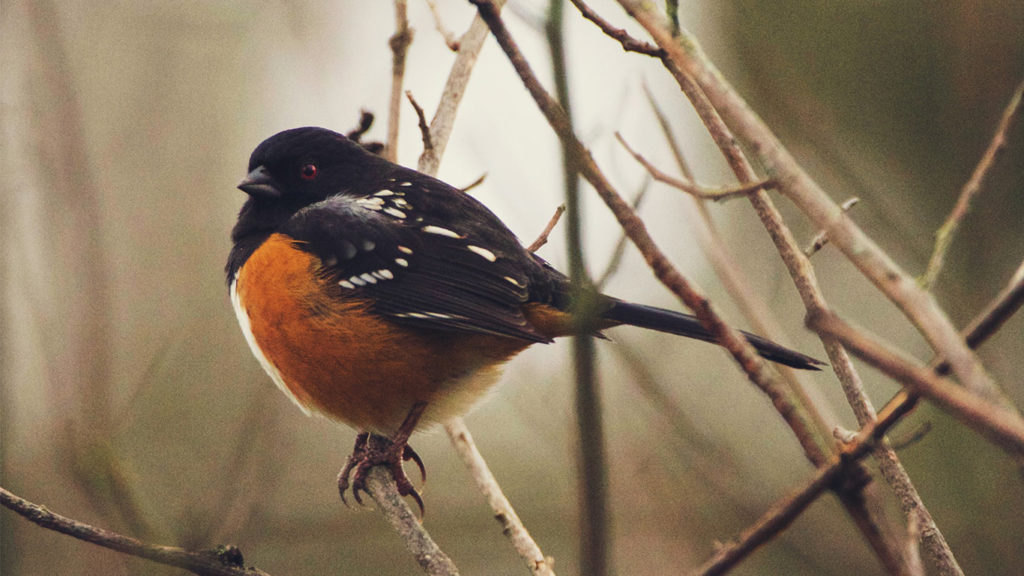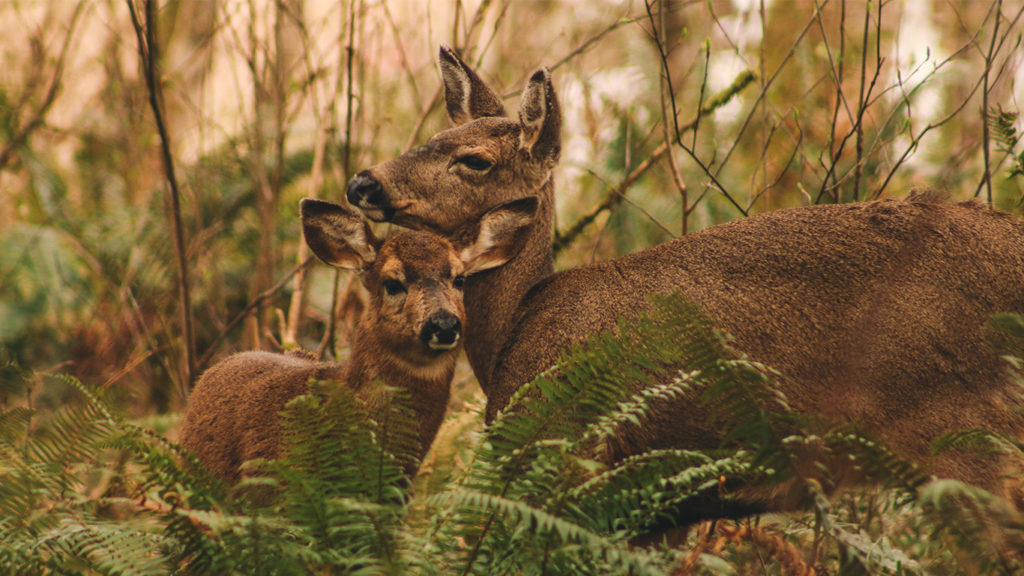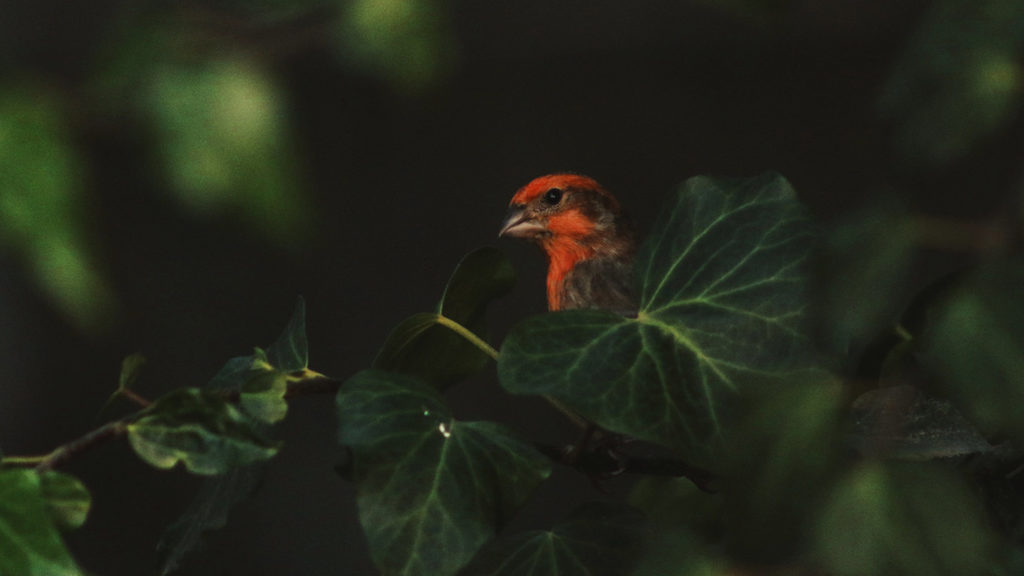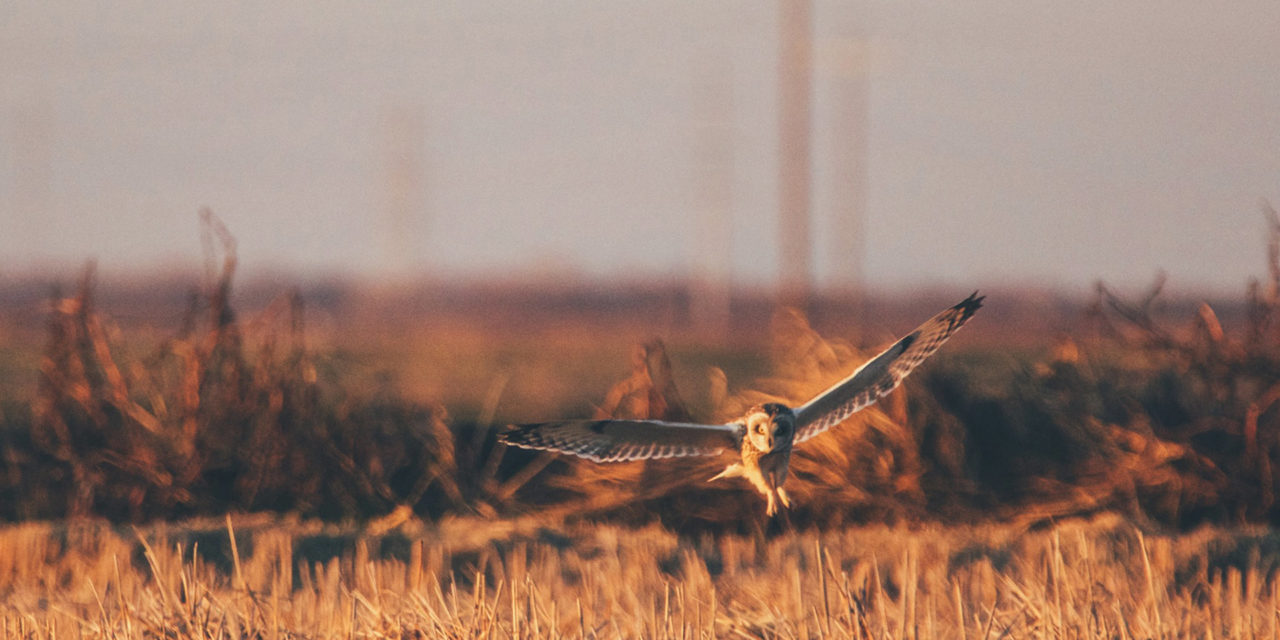Northwest wildlife photographer Alyicia Scheidel reflects on spirituality, creation, and the potential of art to reveal what is unseen.
All photos by Alycia Scheidel

“I’ve always tended to see the natural world as multilayered layered realities and to appreciate its various shades that reveal what is essentially magical.”

“My time in the forest has taught me to see things differently, to the point where I can say now that nature is my church. It is my place of worship. It is where I go to find God.”

“How can we put God in a box and put limits on where and how God can be found?”

“I never feel closer to God than when I am standing among cedar trees, or sitting beside a brook.”

C&C: Alycia, so good have you to talk to us today about your art, about your photography. I’m curious. If you would, please orient us a bit and tell us: why photography? Why is this your chosen medium?
Alycia: So, I’ve always said that I think if I had been blessed with the ability to draw or paint then I’d be doing that instead. But as I’ve gotten older and really started to lean more into photography as a craft, I don’t think I would give it up for other mediums. And there are a few different reasons for that. For example, I really love the challenge of presenting the world that people see every day in a new way—a way that makes them stop and marvel or question. Sometimes I want my photos to evoke emotions—perhaps things they haven’t felt for a long time, emotions that are completely new.
Ever since I was a child, actually, I’ve felt a profound connection to the world around me, and to nature in particular. I’ve always tended to see the natural world as multilayered layered realities, and to appreciate its various shades that reveal what is essentially magical. That might sound cliché, but I seek to be able to look at objects or people or places that might otherwise get passed over as mundane, and to see dimensions that aren’t immediately evident. My aim is to see the divine in the ordinary.
C&C: It sounds like you place deep value on inviting people into that way of seeing. On the one hand, you’re describing a way that you see the world in terms of its complexity, and perhaps ways by which you look for elements of design. But you’re not content to stay in that mode with yourself alone.
Alycia: Yes, I want to draw other people into that way of perception. I aspire in my photography to make unseen things seen. When I take photographs, there are moments when the light and the composition all come together in such a way that I catch a glimpse of the divine, and even to see into another world beyond this one. My favorite author, Lucy Maud Montgomery, once wrote, “It has always seemed to me, ever since early childhood, amid all the commonplaces of life, I was very near to a kingdom of ideal beauty. Between it and me hung only a thin veil. I could never draw it quite aside, but sometimes a wind fluttered it and I caught a glimpse of the enchanting realms beyond—only a glimpse—but those glimpses have always made life worthwhile.”
C&C: Is that your sense, that people have a difficult time seeing this depth, or seeing behind the veil as you put it—especially when it comes to nature?
Alycia: I do. I think there is a very large disconnect between people and nature. Most I think have become distant from any sense of rootedness in the land. That is one reason I focus on wildlife photography; I want to kind of reacquaint people with the natural world, and to bring awareness of what is around them that they aren’t quite able to see.
C&C: Could you tell me a bit more about your relationship to nature?
Alycia: Not to sound melodramatic, but nature is everything to me really. I’ve always been privileged to have access to wild places. And I do recognize it as a privilege because so many people don’t have easy access. Part of my motivation as a photographer has to do with helping people to have access through my art.
I grew up on a ranch in California, and our land bordered a nature preserve. So I had the opportunity as a kid to see coyotes, beavers, otters, and a whole incredible range of birds. That environment was deeply formative for me. Now, I live in a log cabin deep in the Marckworth State forest, in Duvall, Washington. I’ve been living here about five years now and with every season that passes, my understanding, my connection to the natural world deepens and broadens.
More recently, a major aspect of my growth has involved coming to terms with the relationship between human beings and nature. For a long time, I held to this belief that humans are the enemy of the earth, and that our relationship to it is essentially exploitative. It wasn’t until I read Braiding Sweetgrass by Robin Wall Kimmerer that there are actually ways of living in balance with nature, in mutual respect and interdependence—and that there are many who do.
C&C: You have been raised in a Judeo-Christian tradition, and I’m sure you know that this sort of respectful, mutual understanding of relationship to creation is missing today in much of the mainstream church. At best you hear Christ-followers subscribing to a stewardship model that places us above nature as caretakers and owners. As your theology has shifted toward more indigenous values, has this new stance toward creation met with resistance? Either in yourself, or in others around you?
Alycia: That shift really began when I moved out here into the woods. When I first arrived, I still held to a lot of very traditional Christian values regarding nature. For a long time, the teachings I’d grown up with hindered my ability to understand nature on deeper levels—or to grow in intimacy with it. That’s not to say that Christianity in itself prohibits you from those things. It is really the Western church that has taught us for generations that we are to subdue, conquer, and objectify the natural world; that keeps us distant. My time in the forest has taught me to see things differently, to the point where I can say now that nature is my church. It is my place of worship. It is where I go to find God. I never feel closer to God than when I am standing among cedar trees, or sitting beside a brook.
Honestly, even photographing animals has become something that draws me closer to the divine. To give an example, one of the things I struggle with is impatience and frustration when I am trying to find a particular species. I’ve had to learn to reorient my motives. Last week I was searching for a pygmy owl to photograph. Owls are generally very elusive, and I’d spent many hours searching. Finally, I gave up in anger and couldn’t think about anything other than how much effort and time I had wasted. As I was walking back to my car, suddenly there in front of me was a tiny pygmy owl. In the middle of the path of all places! In that moment I was forced to stop and ask, “OK, why am I really doing this? If it is only about capturing the perfect photo, then I need to stop.” It was a moment to remind myself that even photography needed to be about relationship—about connection to God revealed in nature.
Mary Oliver wrote many poems about her relationship to animals, and about her connection to the woods. A quote of hers that I love speaks to this idea of spirit expressed in nature. She wrote “I have my way of praying, as you no doubt have yours.” As a woman who literally hugged trees and engaged birds in conversation, she seemed to have her own ways of worshipping that had everything to do time spent in the wild.
C&C: In this present age, and in Cascadia in particular, many people have walked away from the church because it has lost its relevance to their lives. Many would say that they are unable to find connection to God in the institutional church. Is there hope for such people in the possibility of encountering God in creation?
Alycia: Even after all I’ve learned, it is hard for me I think because I grew up in conservative circles of Christianity where there is not a lot of openness to the understanding of creation as revelation or a place of encountering God. Yet how can we put God in a box and put limits on where and how God can be found? I hope that my art can help people to overcome those limits—that my photos might draw people to encounter spirit in nature.


